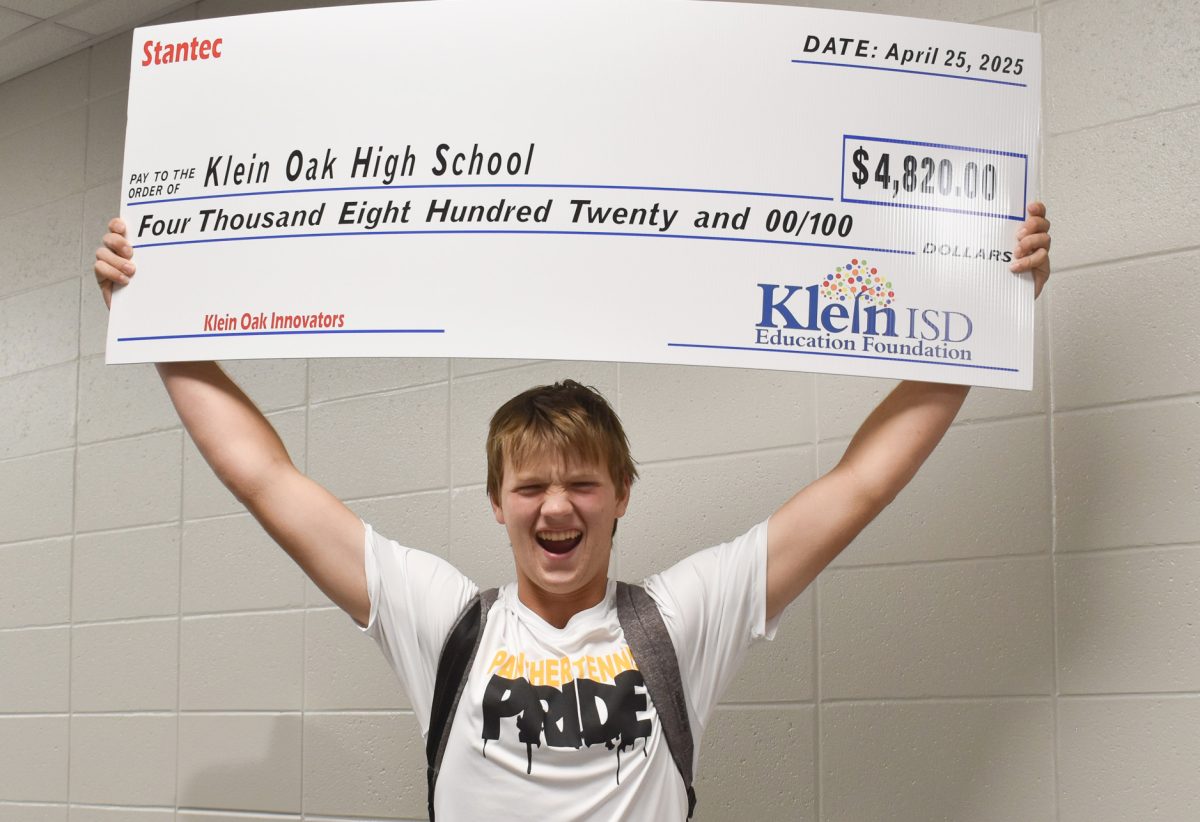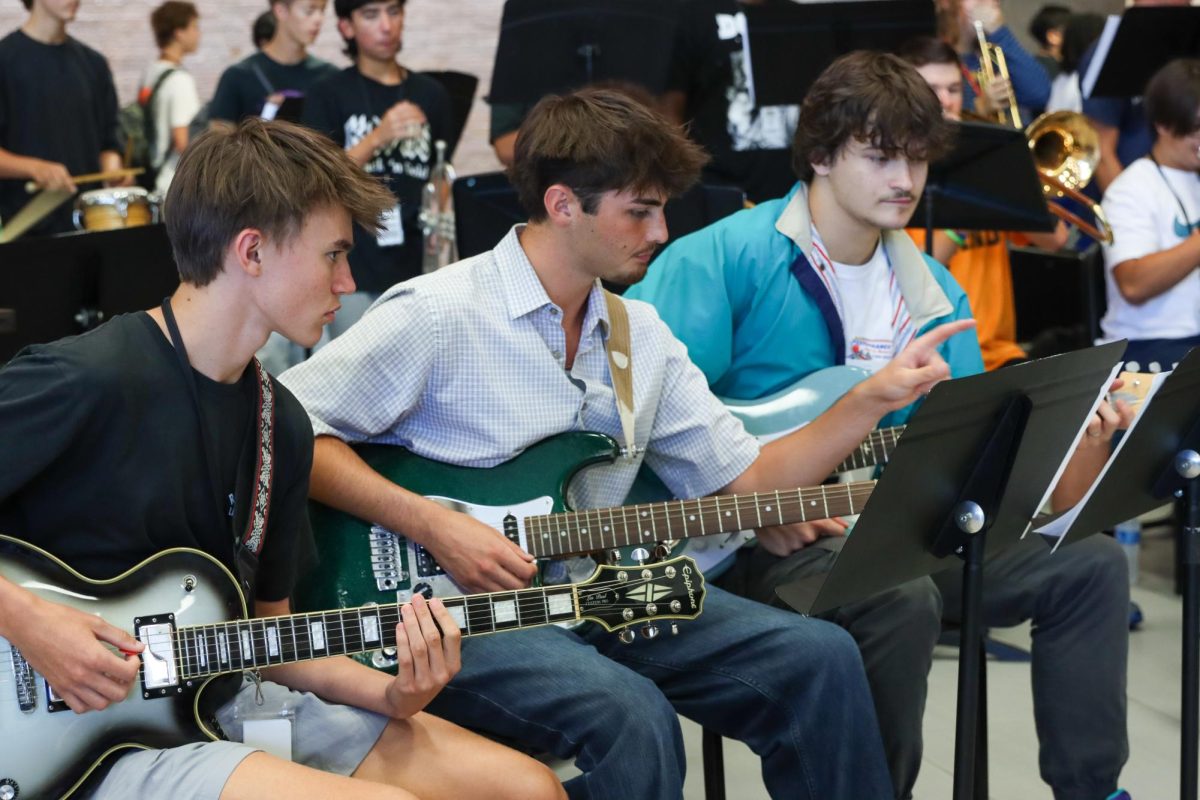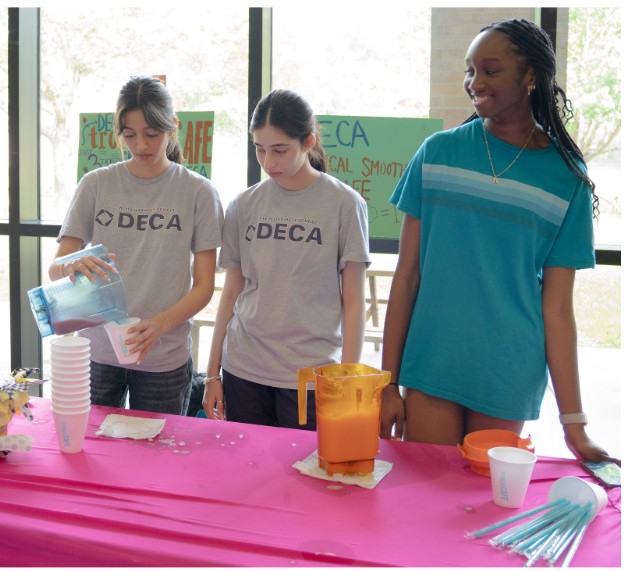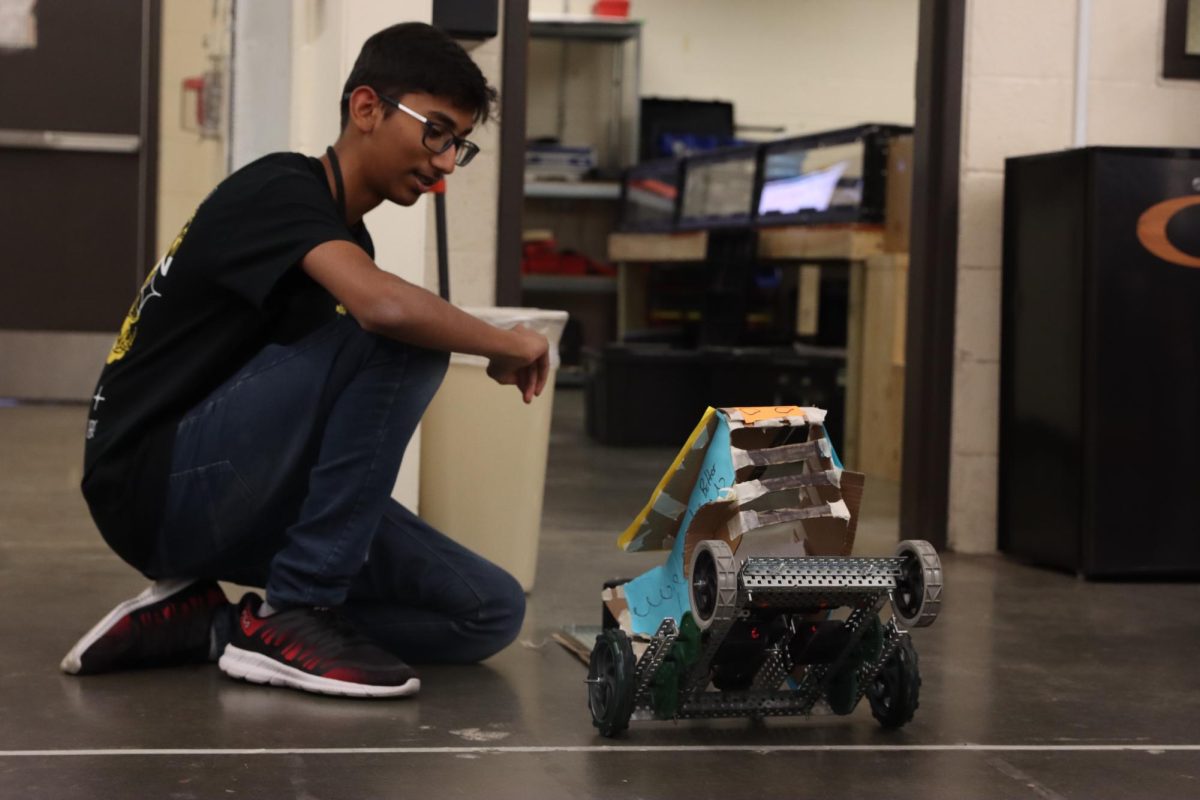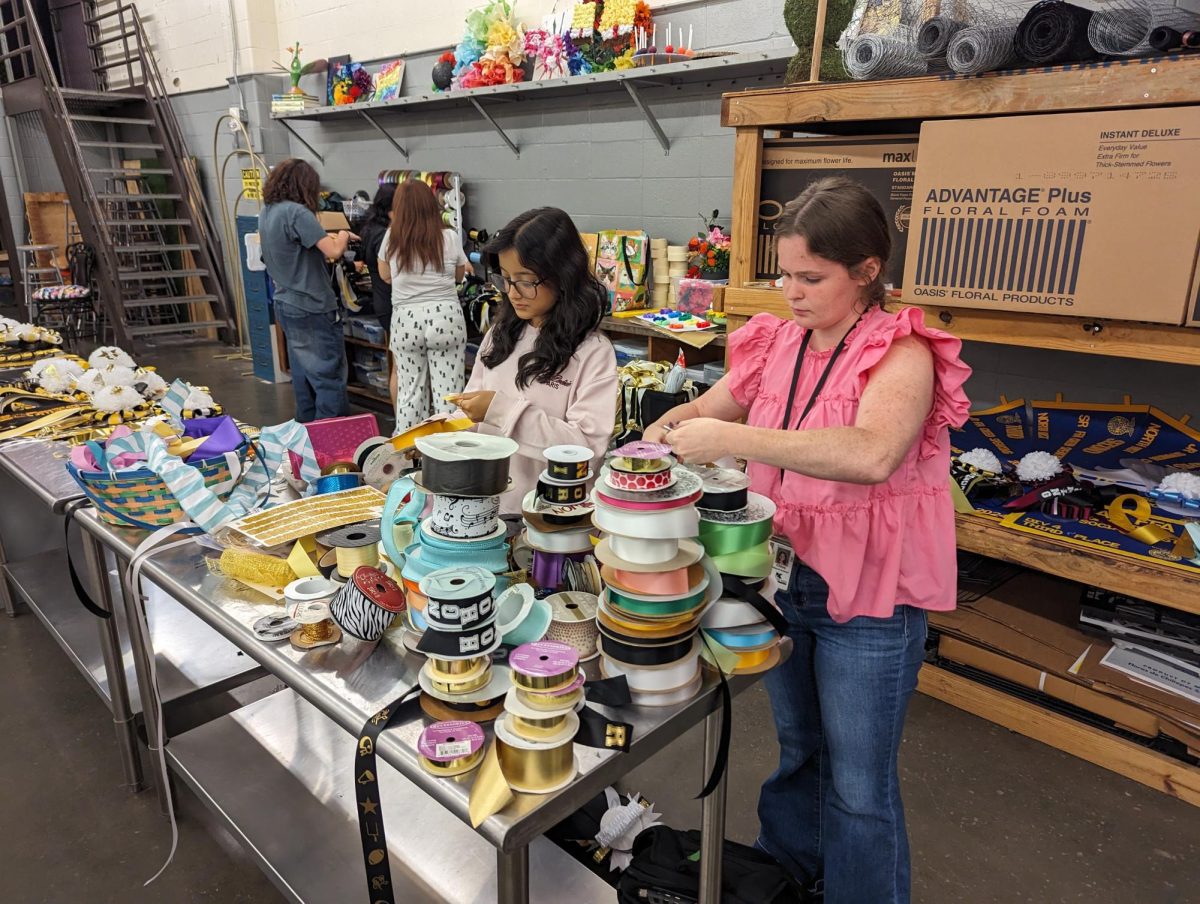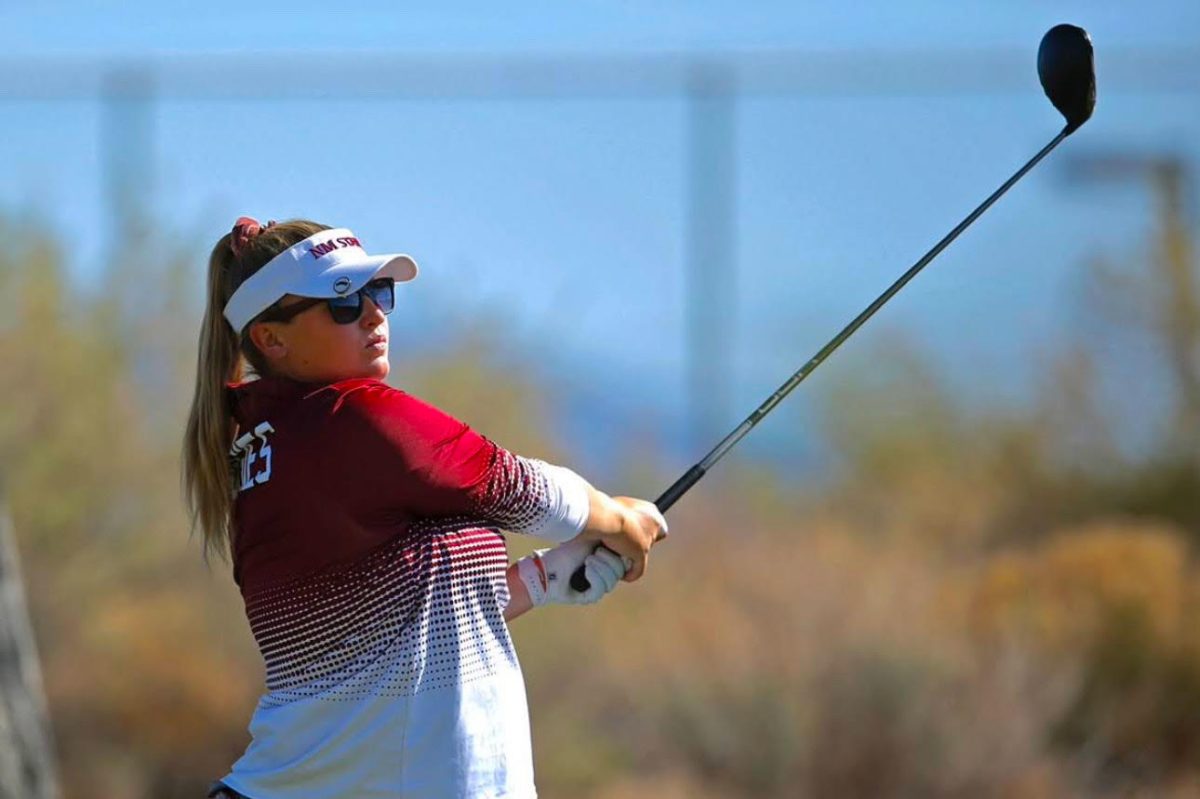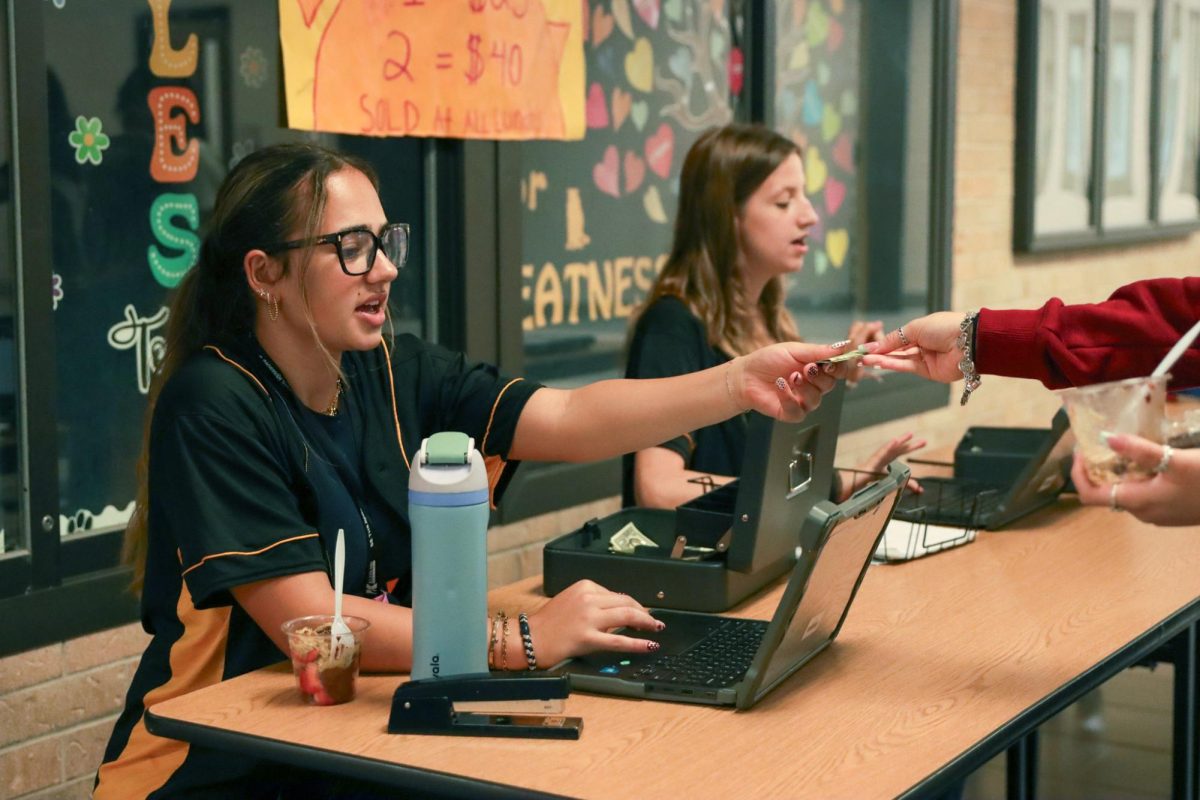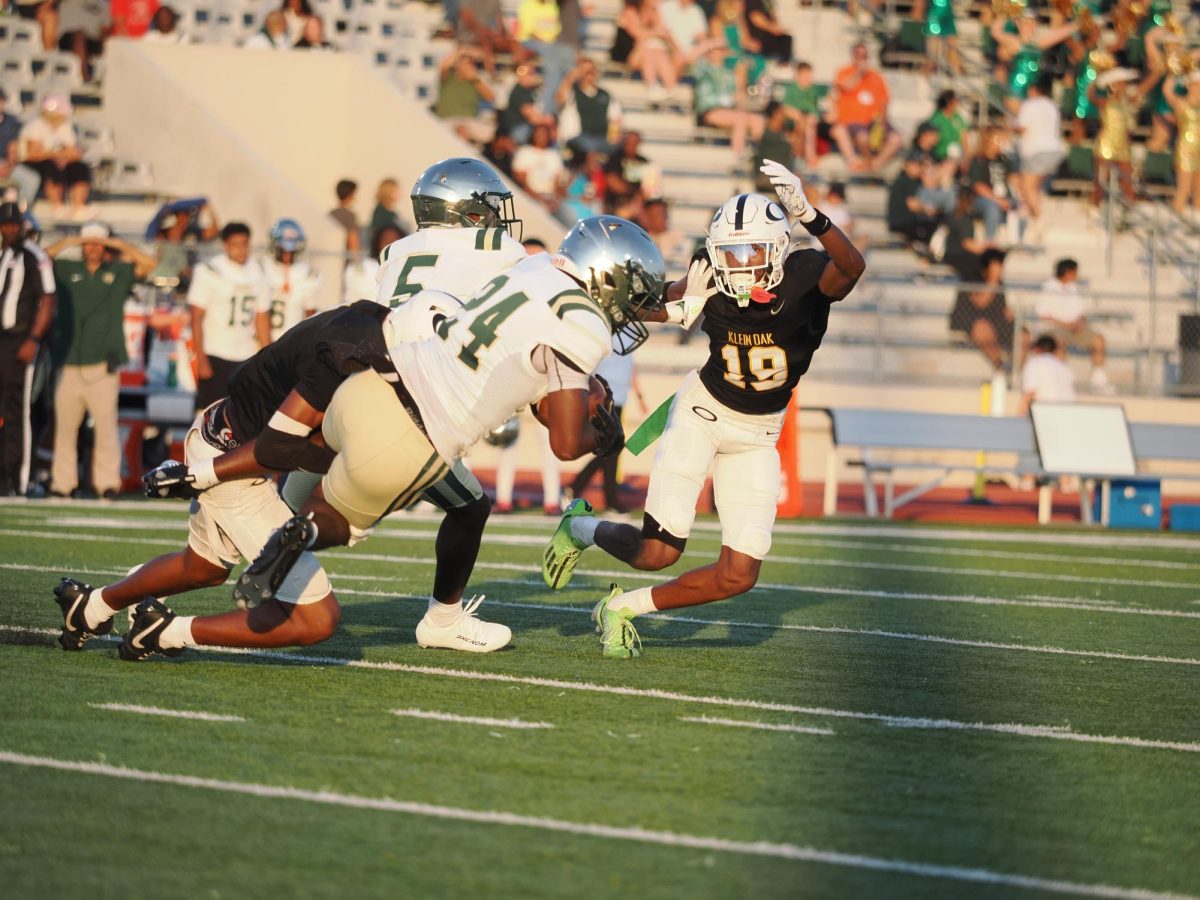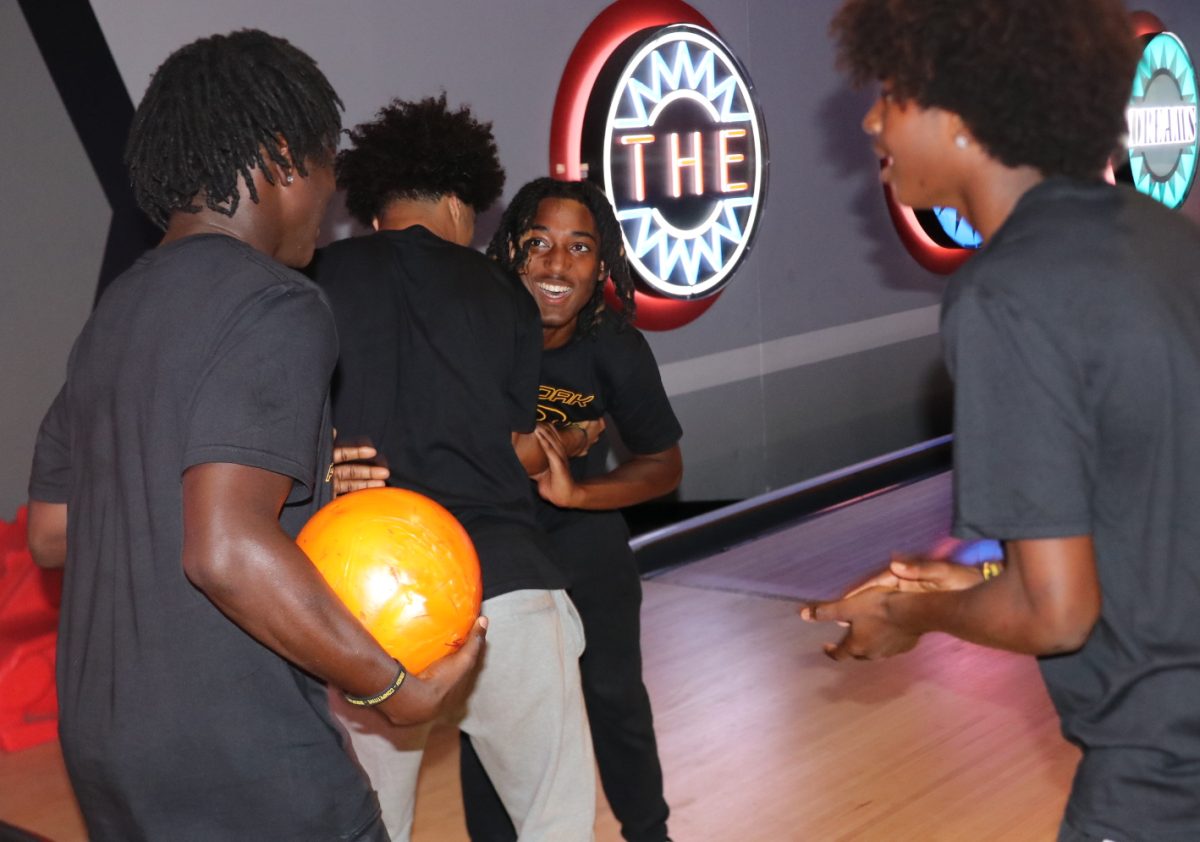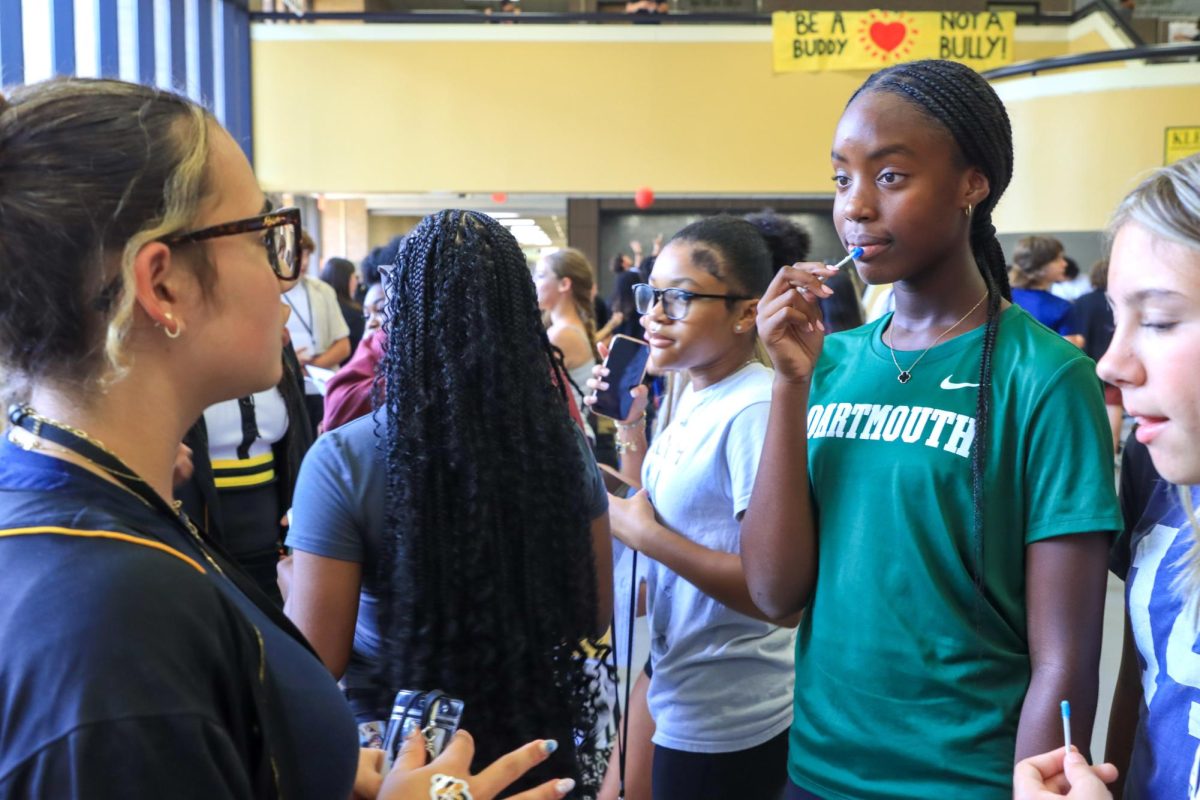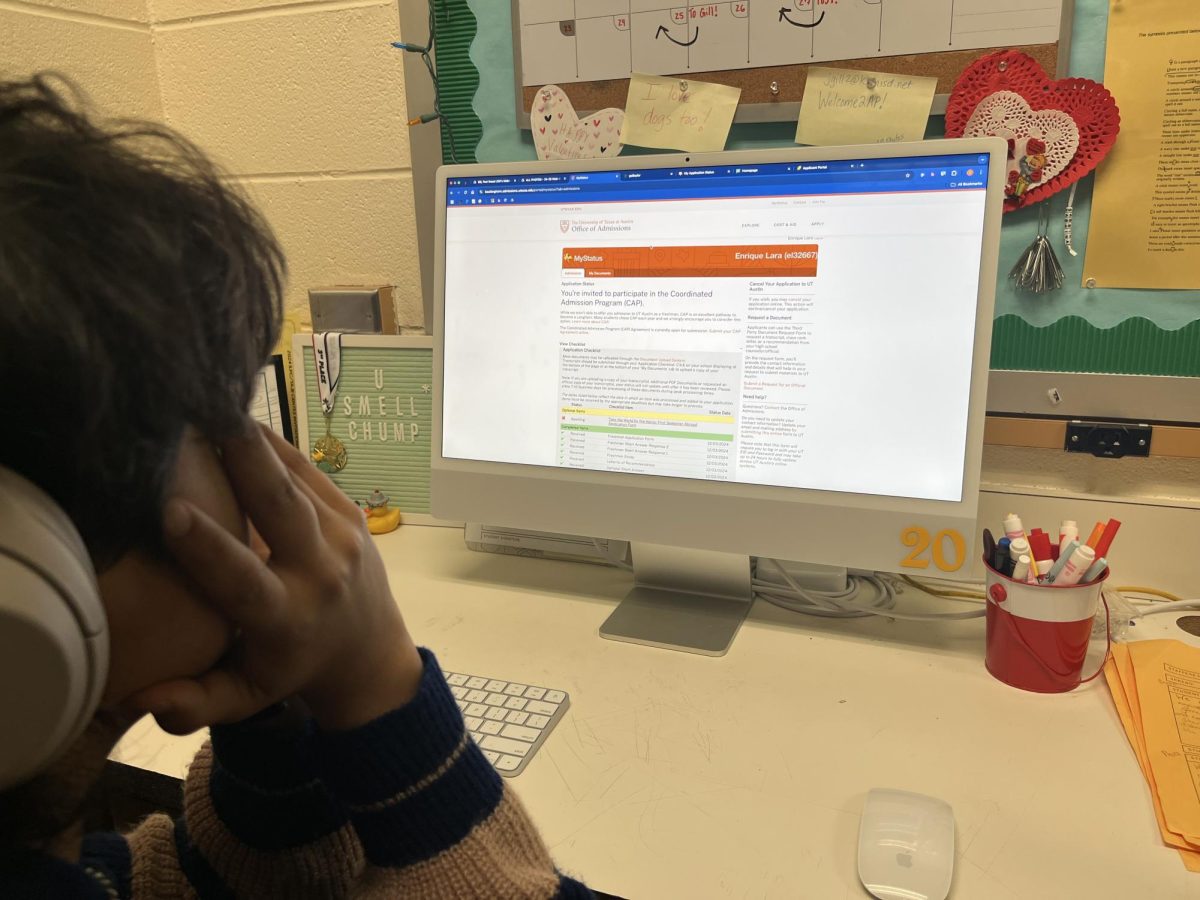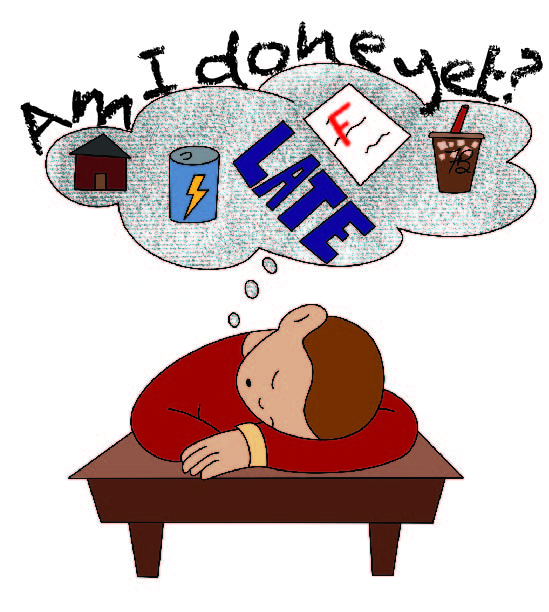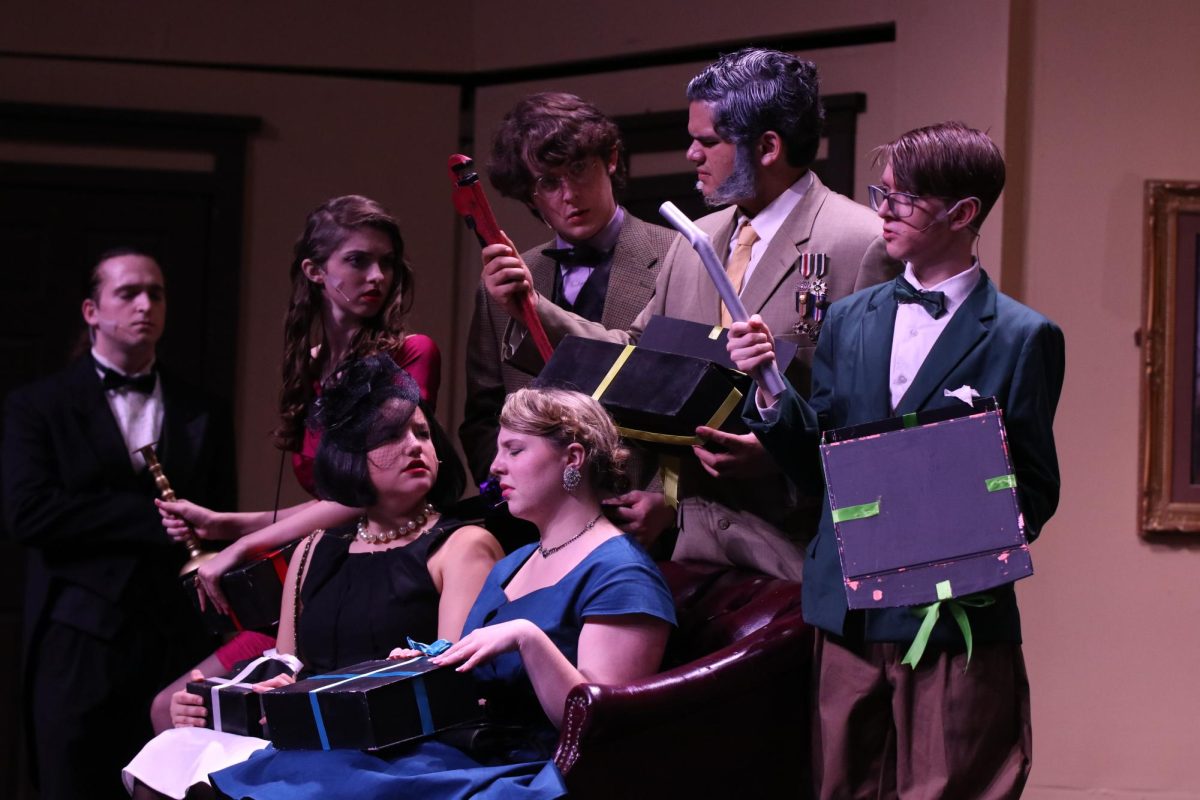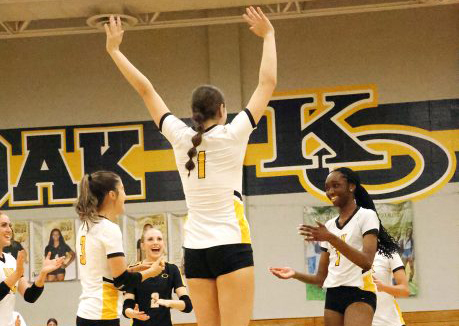What started as a challenging classroom assignment has become real change in the school. Junior Caden Martin, a dedicated engineering student, wrote a grant proposal as an assignment for his Dual Credit English class, then he sent it to the Klein Education Foundation (KEF) Grant Committee. He received $4,820 to get seven 3D printers for Daniel Mackey’s engineering classes.
“I came to school wanting to learn how to use digital tech,” Martin said. “It’s not fun to only make digital models, so with 3D printing, it makes me want to learn and want to develop ideas.”
The engineering classes currently have a 3D printer, but it is not user friendly, especially for beginners, and it takes 5-6 hours to create a project. With the grant, the new printers will be purchased from Bambu Labs. They will get four A1 mini printers ($359), two A1 printers ($499) and one X1C 3D Printer ($1499). Any money left over will be used to purchase an initial supply of filaments (the plastic thread that the printer uses to create).
“Without printing, it’s taking away half of the engineering process. You never get to hold it in your hands and feel it and see if it works,” Mackey said. “Having the printers will allow kids to go from the beginning to the end and see their ideas come to life.”
Martin chose this project because of his personal experience with 3D printing. When he began on the engineering pathway, he would design a model at school, take it home to print it, then if something didn’t work out he’d have to come back to school. He lost time in this process because of the back and forth.
“There are so many extra things a student can learn when [ideas] come into the real world,” Martin said. “[The real world] is just way more complicated and you can’t see projects until you actually print them.”
Martin’s proposal would not have been possible without junior English teacher Vanessa Riley. Riley had her students pick a project that was meaningful to them and write a grant to present to the class and members of KEF.
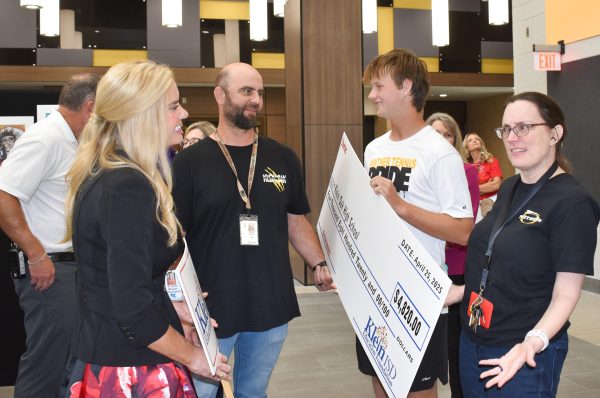
“I started the assignment because I wanted to focus on real world writing,” Riley said. I think this was a really good way for my students to integrate research and passion into their writing.”
KEF funds $75-$80 thousand in grants per semester throughout the district. Proposals are submitted to KEF then reviewed by the grant committee. The proposals given funding are chosen for their innovation, impact, how well it was written and budget. Along with Martin’s grant, 25 other proposals were submitted, and eight were funded. This was the first student-written grant to be submitted and approved.
“I think a good idea can come from anyone,” KEF Executive Vice-President Heather Patrick said. “The grant stood out because the idea aligns with innovative learning and improving learning outcomes for students. It was a strong grant in all categories.”
The printers will be available for students to use starting next school year. With the endless possibilities of 3D printing, students will be able to create anything they want or need for their assignments. Martin will be advising students on how to use them.
“My goal for next year is to set students up with unique, meaningful, and challenging projects,” Martin said. “I learned so much from my own at home, so I want freshmen to be able to use this freely. The first thing I will print is Mr. Mackey’s head.”



